Putto with rose
Oil on canvas, cm 43,5 x 32
With frame cm 45 x 32,5
The figure of the putto, when equipped with specific attributes, lends itself to multiple iconological meanings. The present squeezes a delicate flower and at the same time looks cheerfully at the viewer, spreading soft wings. A soft light illuminates the semblance, defining the volumes of the composition. This implies a fleeting allegory of love, to which the little bitch is the preferred representative, and the crystalline flower, reminiscent of both a rose and a peony, It emphasizes both the temporality of the feeling and the joy that it brings. The open wings of the little putto, as well as stretching through a slight dynamism figure, emphasize the immanence of love feeling, totalizing at one time. The uncontaminated nature of the rose also interested the Christian world in the figurative arts, identifying itself with the figure of the Virgin, called "Rosa senza spine". In the pagan world the flower was related particularly to the goddess Venus, but the subsequent medieval reflection on it gave rise to multiple symbolic nuances, linked, as mentioned before, to time, love, truth and innocence.
The particular pink base, given to the specific amber skin of the child, allows us to recognize an executive area in Emilia, stressed, in old age, from the happy parable of Felice Fortunato Biggi (1680-1750), which reproposed a similar Putto with flowers, now in private collection bresciana, in full XVIII century, to witness the territorial appreciation of the subject. Simone Cantarini (1612-1648) through technical virtuosity reproposes the same softness of incarnate in the figure of Jesus with the painting Madonna and Child and San Carlo, now preserved at the Pallavicini Gallery in Rome; defined by Luigi Lanzi "Wide estimator of himself, sprezzator of every other", the artist became in a short time the most capable student of Guido Reni, importing the Emilian way in the Marche. Evident assonances of style are also ascribable to the work of Carlo Cignani (1628-1719), other Bolognese, in particular in the Cortina Castles of San Michele leads to victory the Sipontini and the Apparition di San Michele frescoed in the Bolognese church of San Michele in Bosco.
The object is in good condition
With Ars Antiqua you can defer all amounts up to a maximum of € 7,500 at ZERO RATE, for a total of 15 INSTALLMENTS.
Ex. Tot. € 4,500 = Monthly installment € 300 for 15 months.
Ex. Tot. € 3,600 = Monthly installment € 720 for 5 months.
For amounts over €7,500 or for a longer grace period (over 15 installments), we can provide a custom payment.
Contact us directly to get the best quote.
LIVE TV
- SUNDAY 17.00 - 21.00 Dig.terr. 126 + 809 SKY
- THURSDAY 21.00 - 24.00 Dig.terr. 134 + 809 SKY
- Streaming on our website www.arsantiquasrl.com and on our social networks Facebook and Youtube
All the works proposed by Ars Antiqua are sold accompanied by a certificate of authenticity in accordance with the law and accurate fact sheet.
You can see the works directly at the showroom gallery in Milan, in via Pisacane 55 and 57.
We personally organize transport and deliveries of the works, both for Italy and abroad


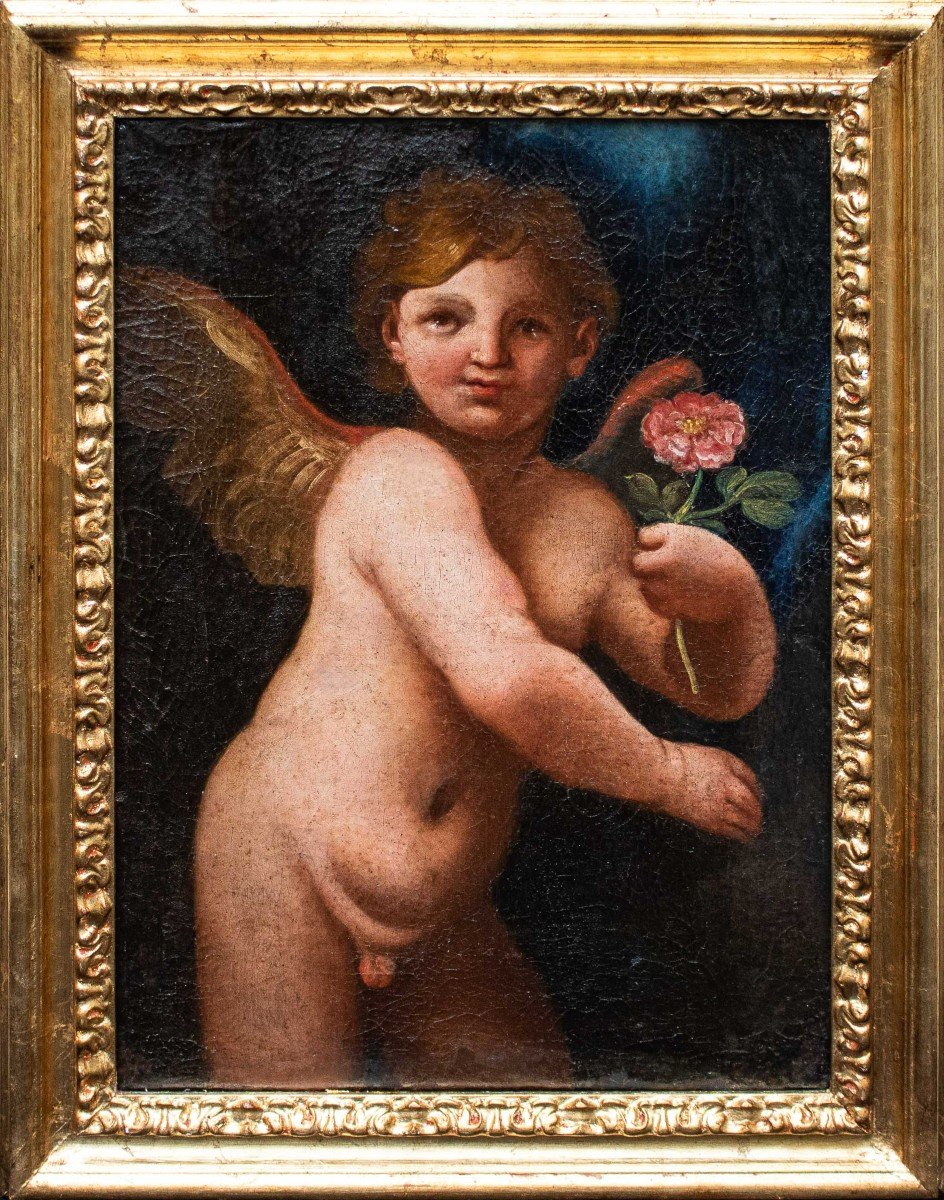


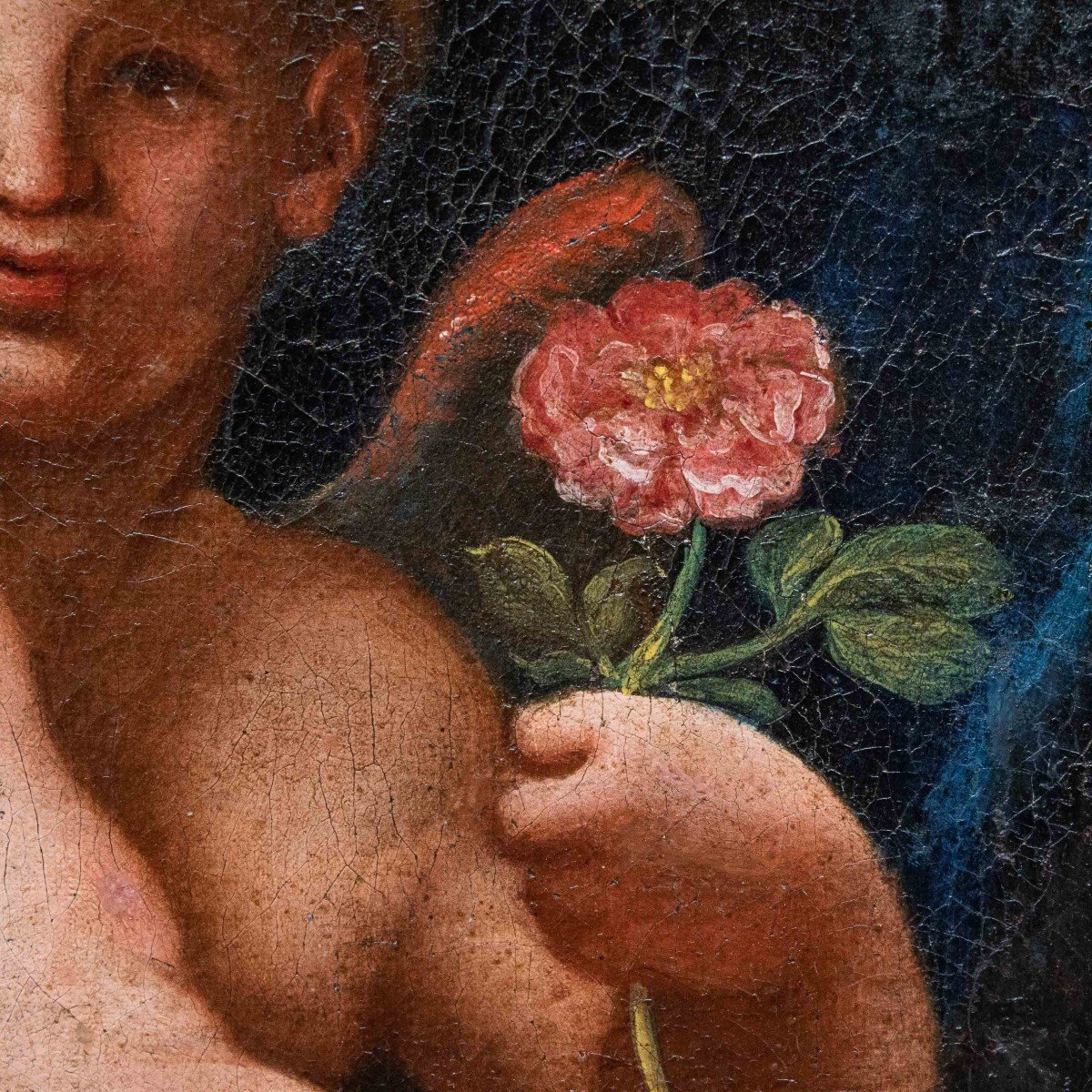

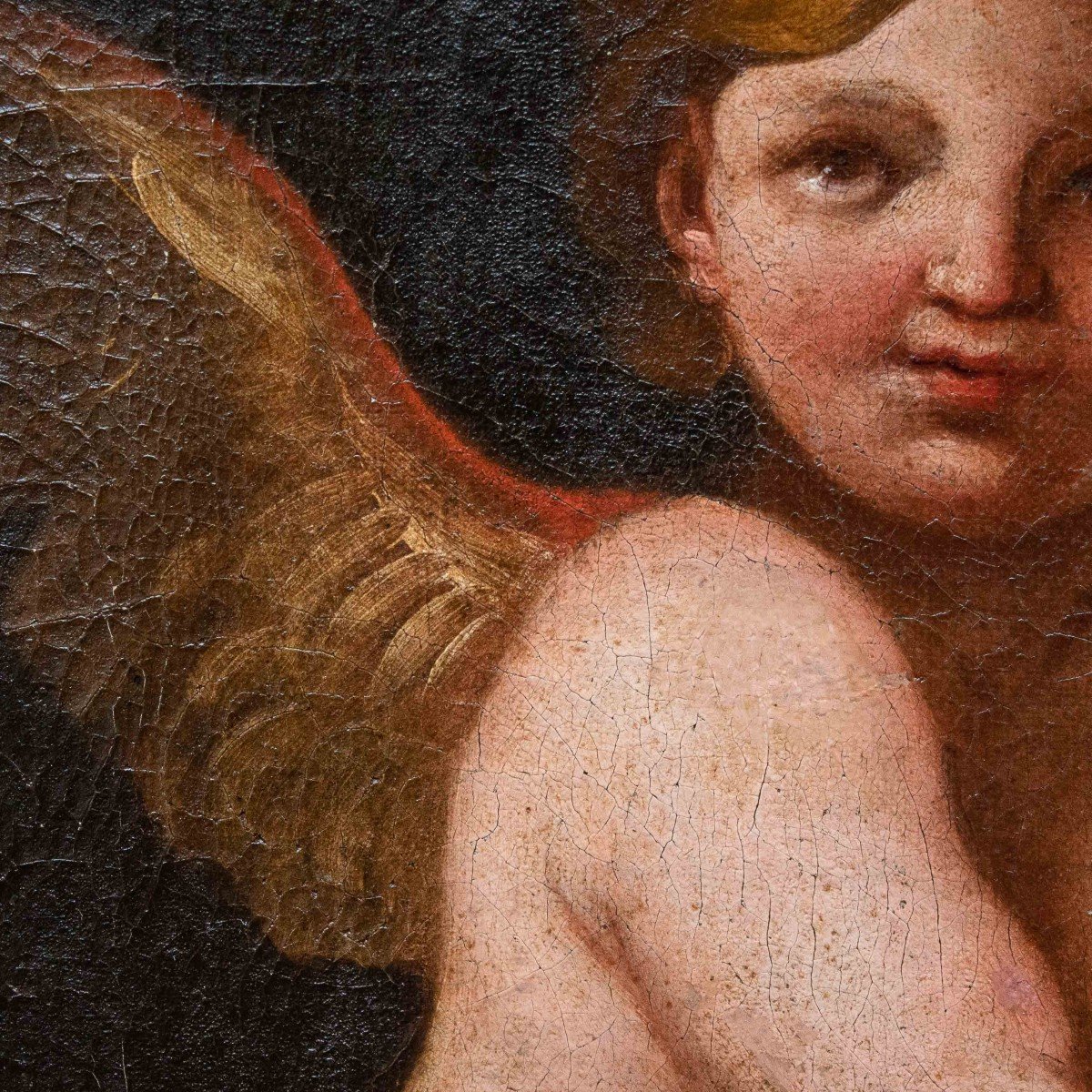
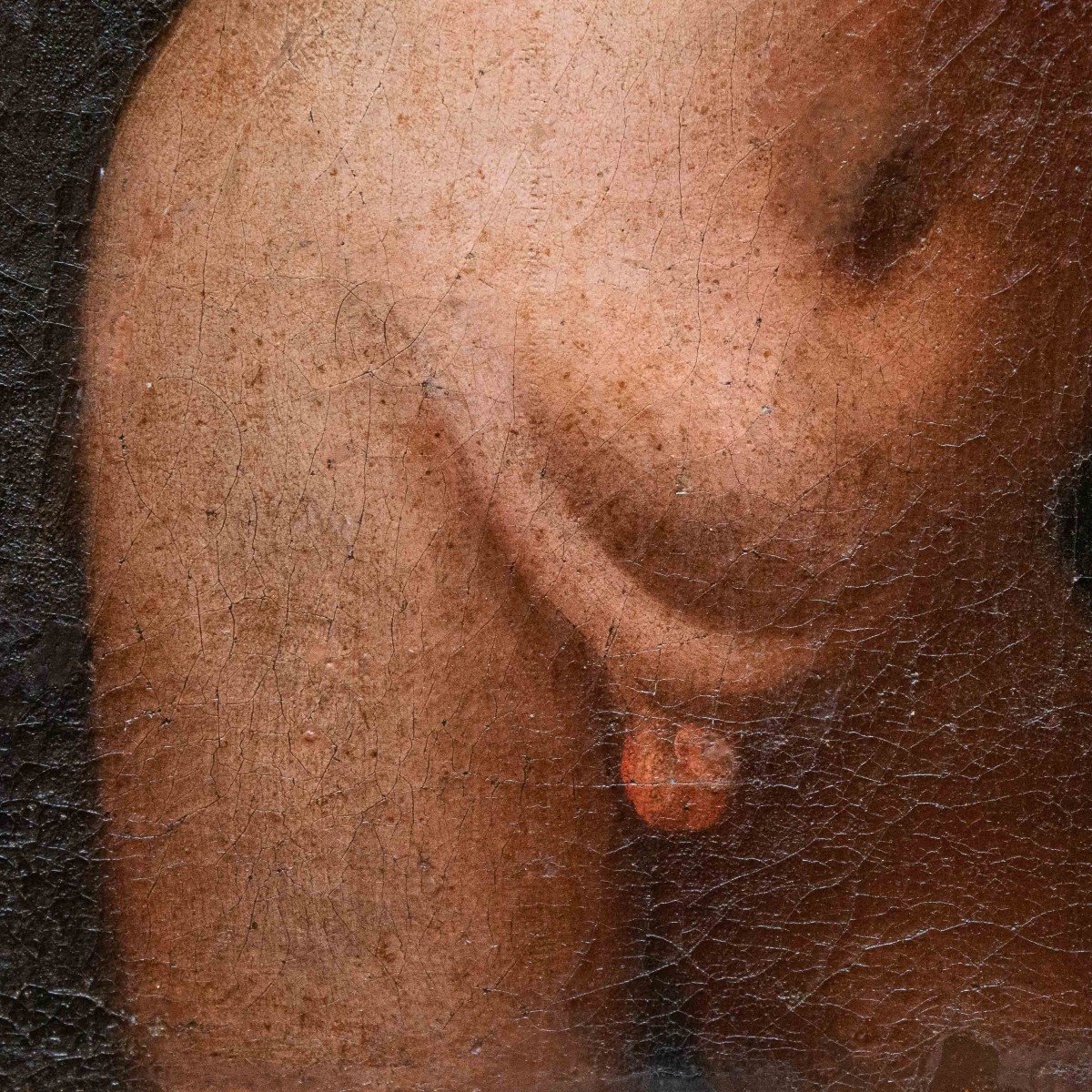
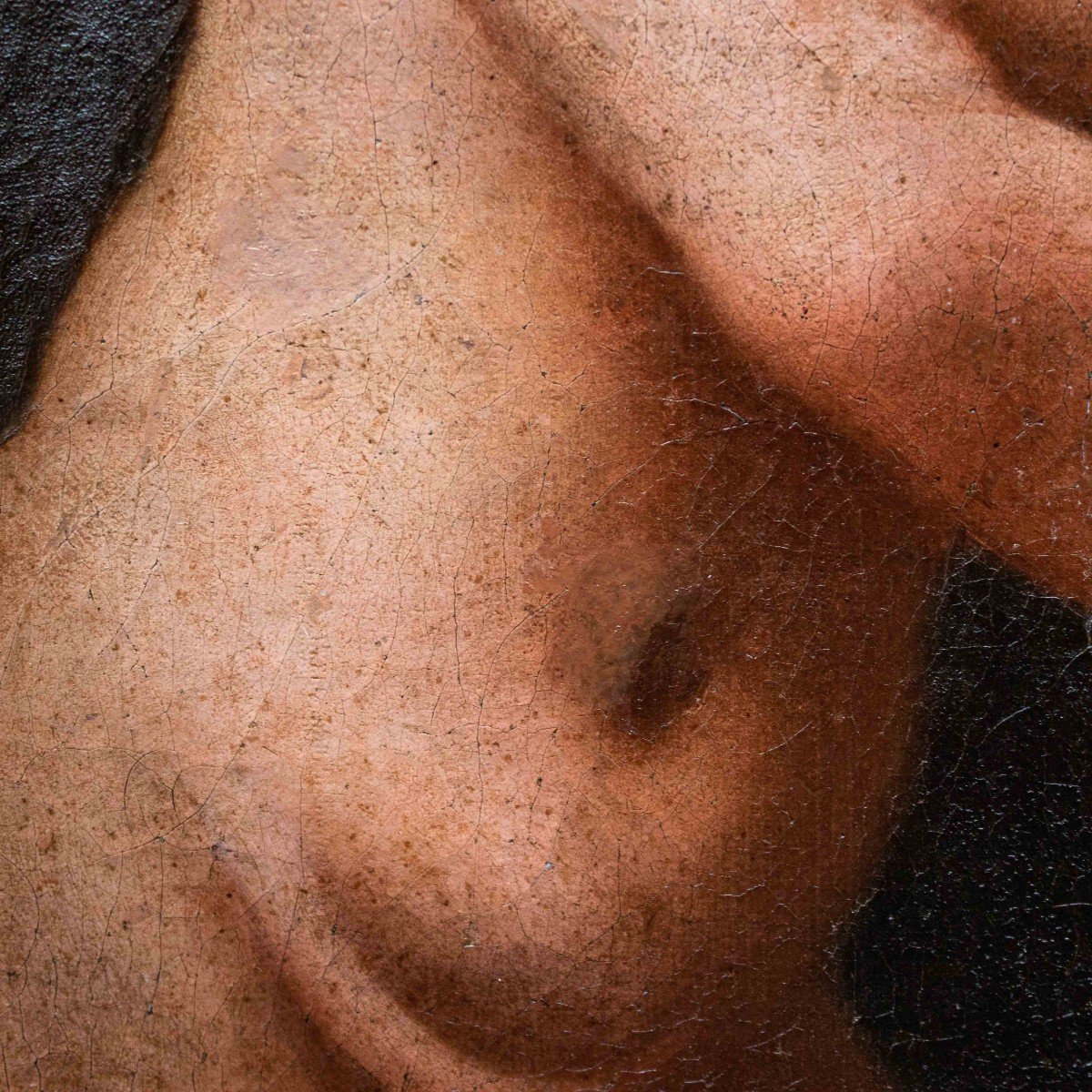



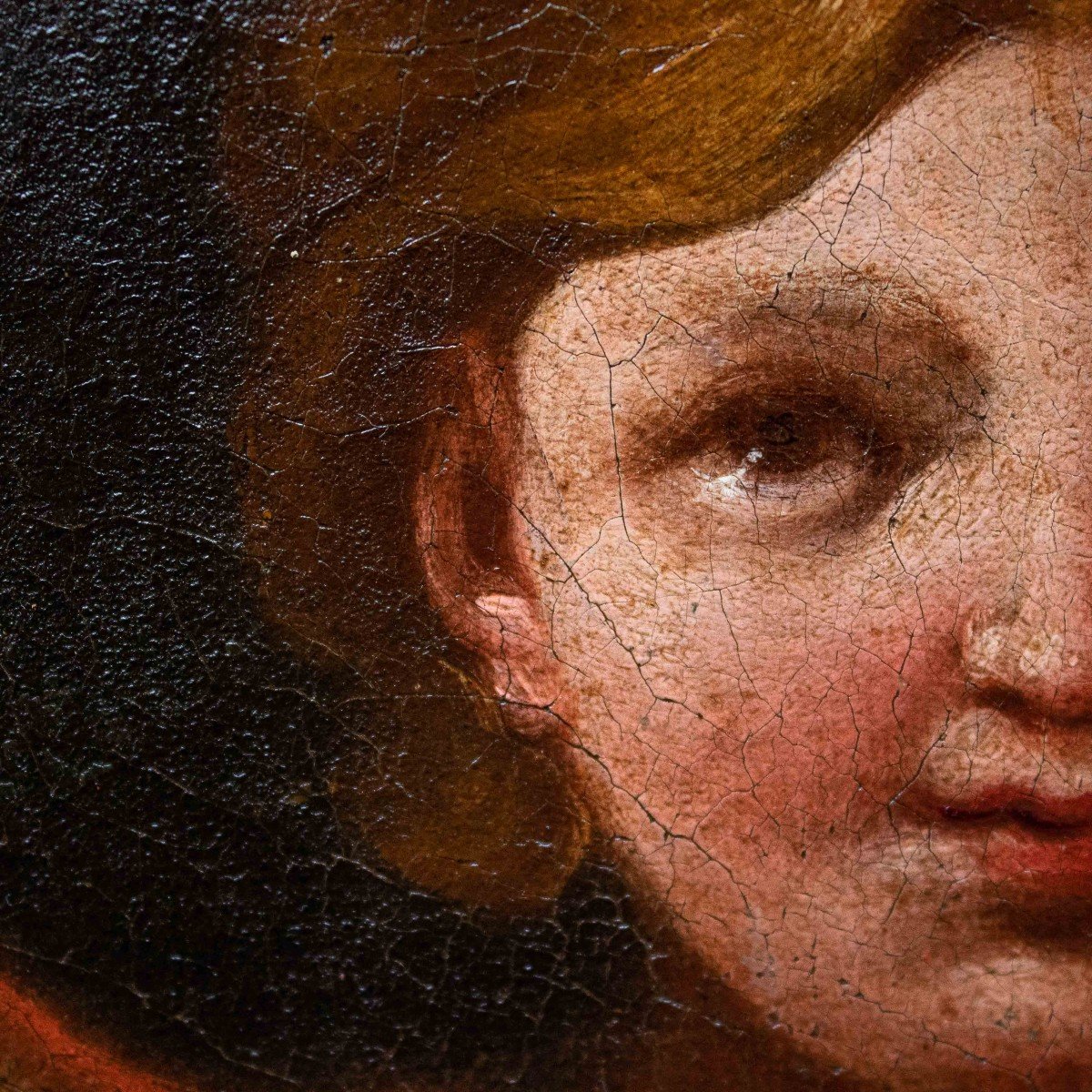
















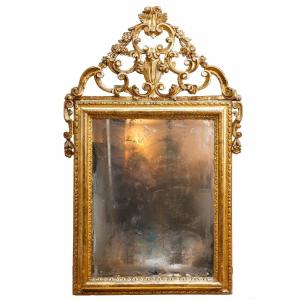
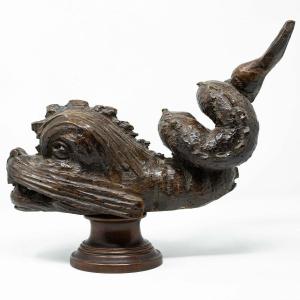








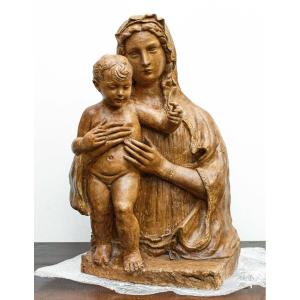

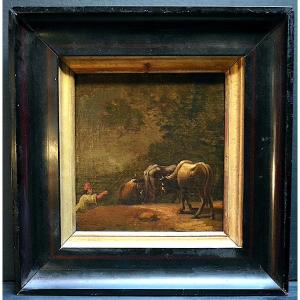
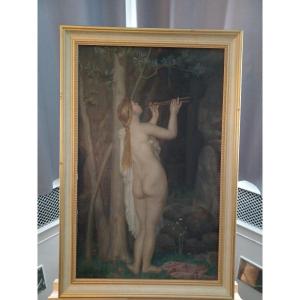

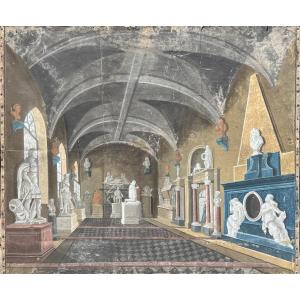




 Le Magazine de PROANTIC
Le Magazine de PROANTIC TRÉSORS Magazine
TRÉSORS Magazine Rivista Artiquariato
Rivista Artiquariato